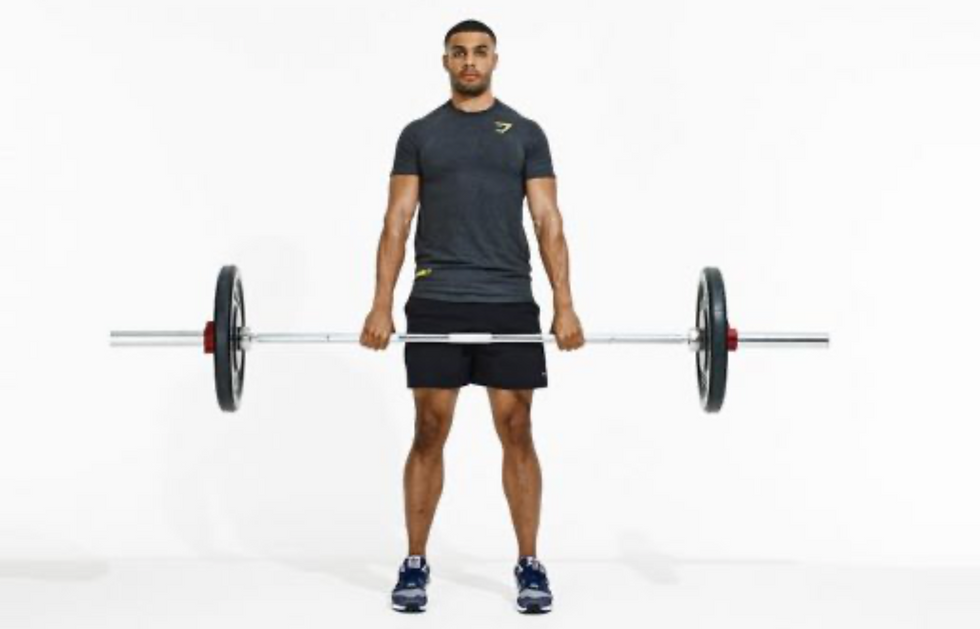THE DEADLIFT
- Olivia Freeman

- May 14, 2021
- 2 min read

Introduction

The deadlift, when performed safely and correctly, aims to strengthen every bone in your body. It challenges every muscle across your posterior chain (muscles running from your neck to your heels) as well as testing your grip strength and core stability.
With this in mind it is vital to initially start light and build up the weight once your technique is flawless to avoid injury or adopting bad habits. The deadlift can be a great movement to incorporate into a gym workout if you are someone who tends to only train those ‘mirror muscles’, the ones on the front of our bodies (chest, abdominals and quadriceps).
Sports that require explosive leg strength such as, rugby, football and track & field to name a few, would find training a deadlift hugely beneficial to performance. In addition, these muscles are vital in endurance sports such as, swimming, cycling and running. Therefore, athletes in these sporting fields should consider the addition of deadlifts, if they don’t already do so.
Form
Start and Finish Position
Place a bar/dowel on the floor in front of you
Standing with your feet shoulder width apart

Place your thumbs against the outer part of your thighs and run both hands down until they touch the bar
Grasping the bar with your hands can be done in two ways; double overhand grip (seen in the picture) or a mixed grip where one hand is over and the other is under
Keep your head in a neutral spine position throughout the lift by looking forwards to a spot on the ground around 2-3 metres ahead of your feet
Ensure your chest remains up to prevent hunching forwards over the bar
Coming Up

Once holding the bar, push your hips back to the point where you feel the tension in your hamstrings
Brace your abs as if you are bracing for a punch
Lift the bar smoothly maintaining a neutral spine by straightening your knees until you’re in a standing position
Your abs should be tight, shoulders engaged and bar close to your body
Exhale as you reach the top while squeezing your glutes
Going Down
Slowly lower the bar back to the floor
Keep the bar close to your body (thighs & shins) when lowering to ensure maximum hamstring activation through the duration of the movement
Tips
In the start position, keep hips lower than shoulders to ensure the lower back isn’t used as leverage point
Remember to breathe
Keep your spine in neutral, not hallowing or arching in the upper or lower back
Press with your feet
Benefits
Strengthens your core and lower body
Can improve lower back and hamstring strength when completed correctly
Can have many variations (Romanian deadlift (RDL), single- leg RDL, snatch-grip deadlift, trap bar deadlift, deficit deadlift, sumo deadlift and rack pull)
Can be used as a fundamental when training posterior chain muscles
References
Foodspring 2021





Comments